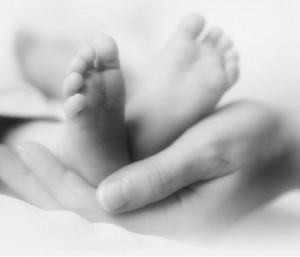Osteopathy can make the difference between a pregnancy from hell and a relatively easy one.
Most of my pregnant patients do not have problems with morning sickness, back pain, hypertension of pregnancy, bloating, and other conditions which most pregnant women just take for granted.
If a woman has premature contractions it is easy to stop them by using the body’s own mechanisms. I can teach the husband or caregiver to stop contractions, as well.
Preparation for delivery is another benefit of skilled osteopathic care. The babies born this way do much better, in the experience of my patients, than those who do not have such preparatory care. It is the most important investment anyone can make when it comes to the future health of the child. When the foundation is solid, everything that follows is, too.
I believe so deeply in this that I offer the first visit for the child free. Usually, in one to two such visits, any subsequent problems found after delivery can be easily resolved.
Difficult pregnancies
Osteopathy can make all the difference in difficult pregnancies. One patient was a petite woman in her 40’s who had never been pregnant. She carried twins and they were quite large. She needed assistance simply to walk. With osteopathic care she had no back pain, no morning sickness, was able to stop an episode of premature contractions and went to term. Her obstetrician couldn’t believe it. Today I am caring for her two, healthy children.
Infertility
I have cared for several women who were never able to get pregnant. Since problems that would bar getting pregnant had been ruled out by their obstetricians and there was no anatomical or functional problem with the man, osteopathic care removed the obstacles to getting pregnant. I have a small collection of thank you cards from these patients which I treasure.
Post-Partum Depression
This condition readily responds in most cases to osteopathic treatment. In over twenty years of treating women who develop depression following delivery of their child, I have found that the sacrum is jammed. The sacrum has a very firm attachment of the anterior longitudinal ligament in the sacral canal at the second of its five segments. This ligament, which has the consistency of shoe leather, attached firmly at the cranium and is continuous with the dural membrane which surrounds the brain. The child, which spends its fetal development upside down in most cases, presses down upon the sacrum. Thus, even with caesarian deliveries the pressure on the sacrum already has produced the effect on the brain via this ligament.
When the sacrum is released the depression disappears in most cases. Many of my patients with post-partum depression had been on anti-depressant medications for a long time with little effect. Anti-depressants will not release a jammed sacrum and, thus, will not help the patient with post-partum depression.
